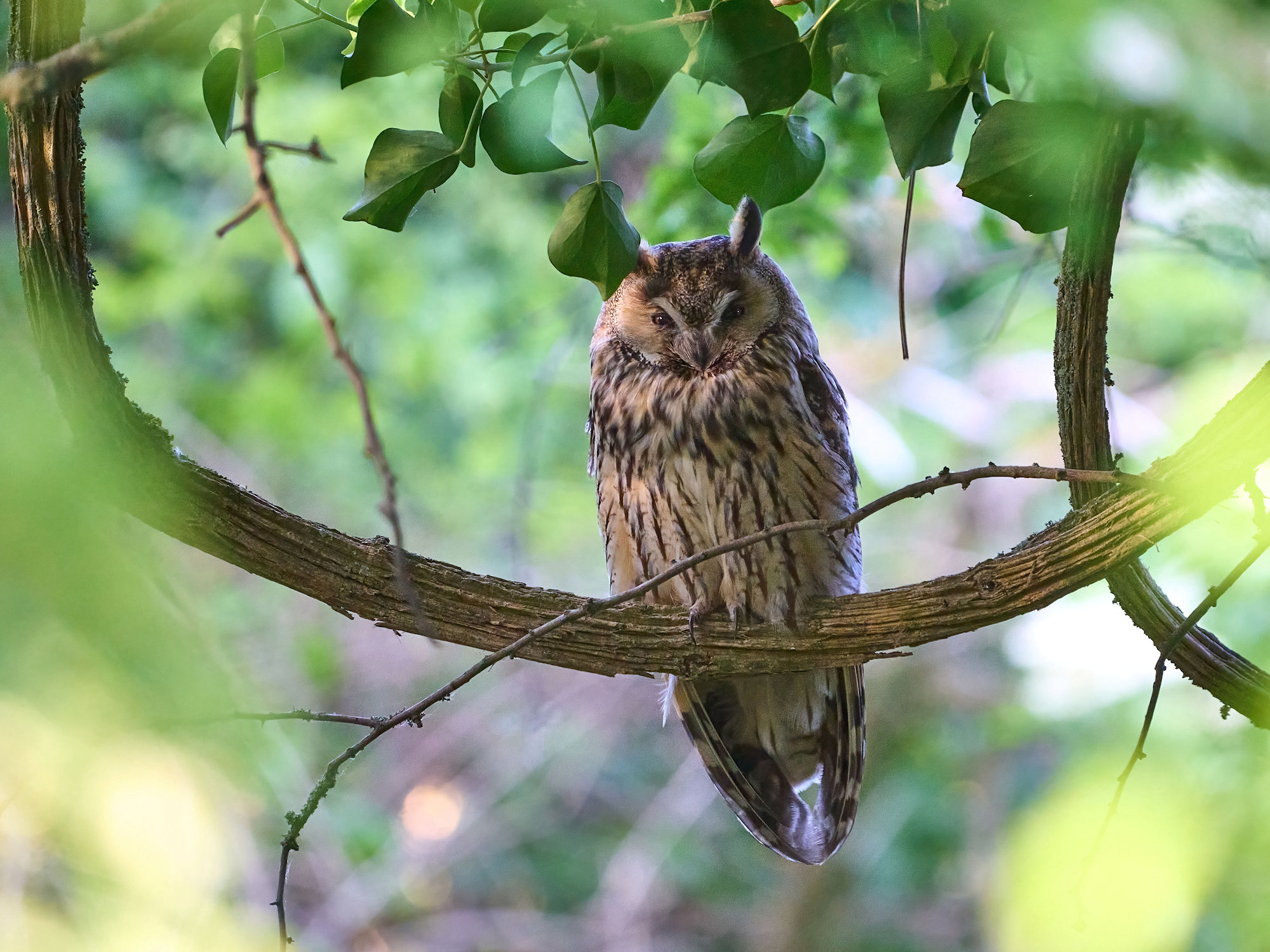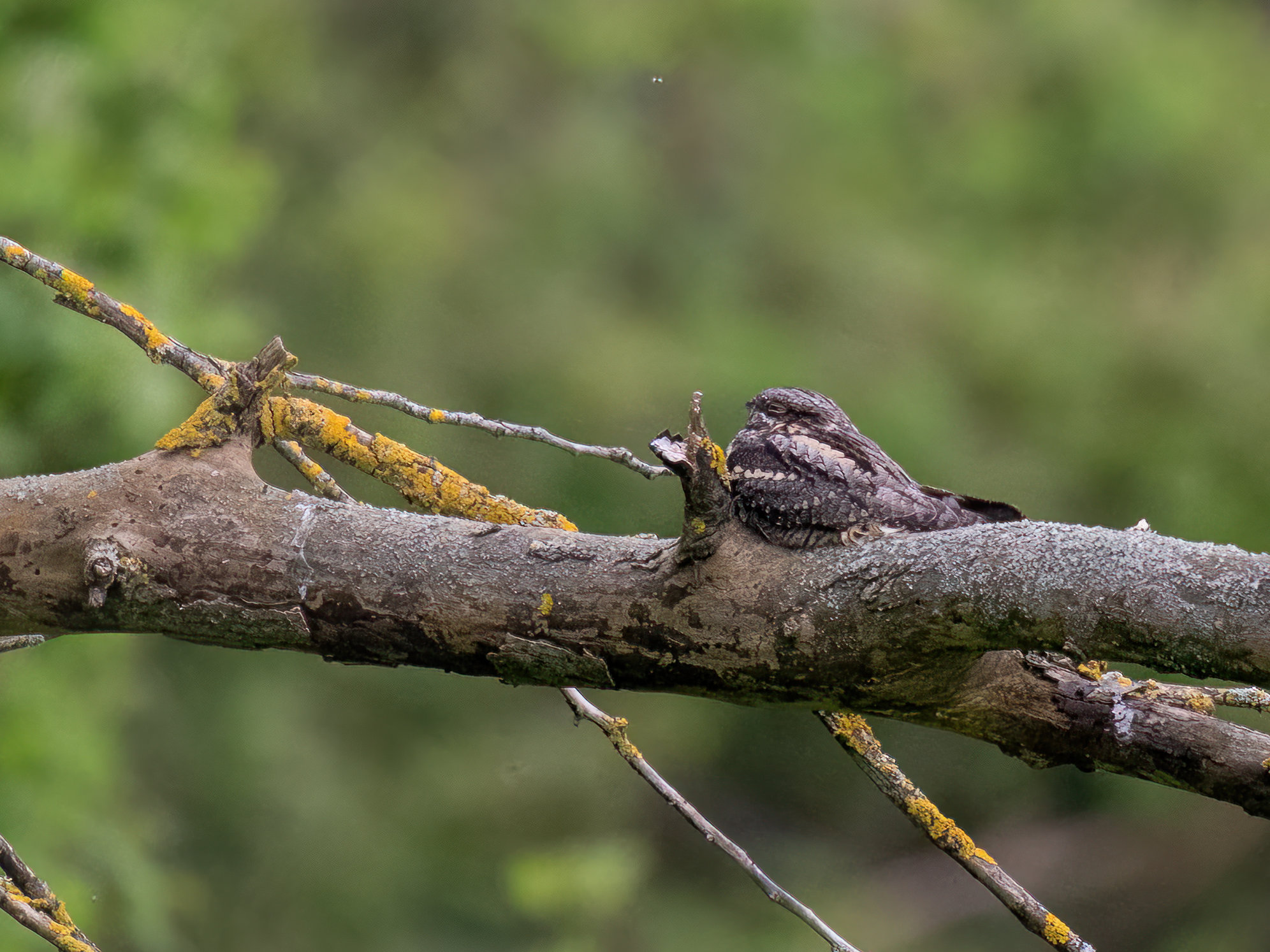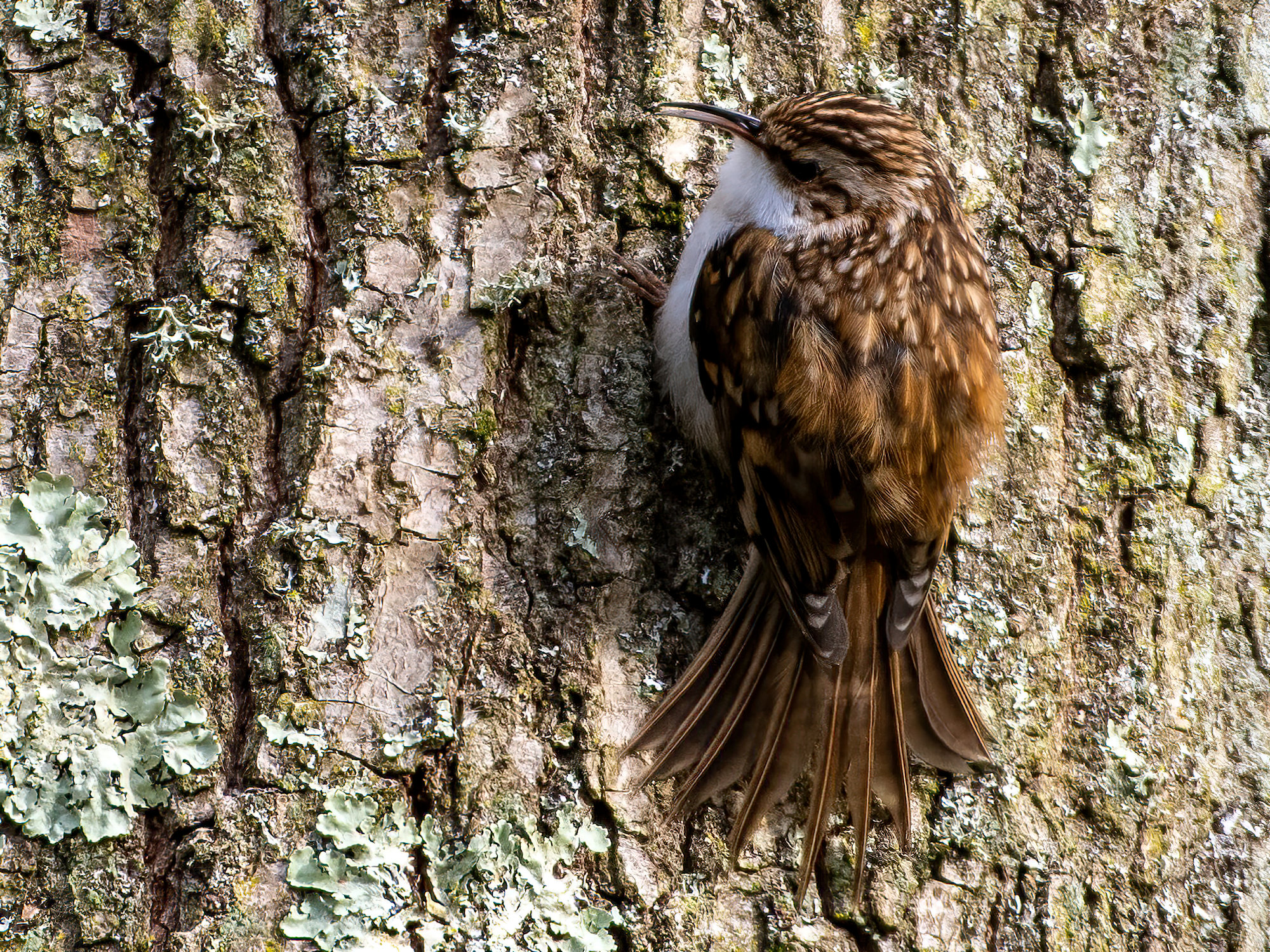Parkhurst Forest
Parkhurst Forest is a large area of managed woodland just outside Newport. There is a network of good footpaths and tracks but it’s not a particularly easy area to work. Parkhurst is best known for its breeding Long-eared Owl, Woodcock and Nightjar. The best locations to find them varies from year to year depending on habitat changes. In May and June Woodcock can be seen roding from woodland rides and nightjars can be heard churring, and if tracked down quickly, can sometimes be seen hawking at dusk over the more open areas. The northern part of the forest is predominately deciduous and tends to be better for most of the commoner woodland birds. Crossbill and Siskin are seen from time to time and there is also a good population of Red Squirrel in the forest.
Access, parking and amenities
To find the main entrance and car park leave Newport on the A3054 Forest Road, signposted to Yarmouth and turn right after approximately 1km. Alternatively the forest can be accessed from the road bordering the north of the forest at Noke Corner and Mark’s Corner. There is limited parking space at the latter. Please note that there are no amenities.
What to look out for - Calendar
Spring (March - June)
Long-eared owl, barn owl, mistle thrush, coal tit, goldcrest, firecrest (has bred), woodcock and nightjar.
Autumn (July - mid November)
Blackcap, chiffchaff, kestrel, buzzard.
Winter (mid November - February)
Siskin, crossbill, treecreeper, firecrest, stock dove.
Year round
Great spotted and green woodpecker, finches and jay.
Rarities
Lesser spotted woodpecker, nuthatch (both rare on the island) and goshawk.
Images

Long-eared owl. © Pete Box

Nightjar. © Tracey Jolliffe

Treecreeper. © Tracey Jolliffe
Useful links and further reading
View the current weather forecast for Parkhurst Forest
View a map of Parkhurst Forest
